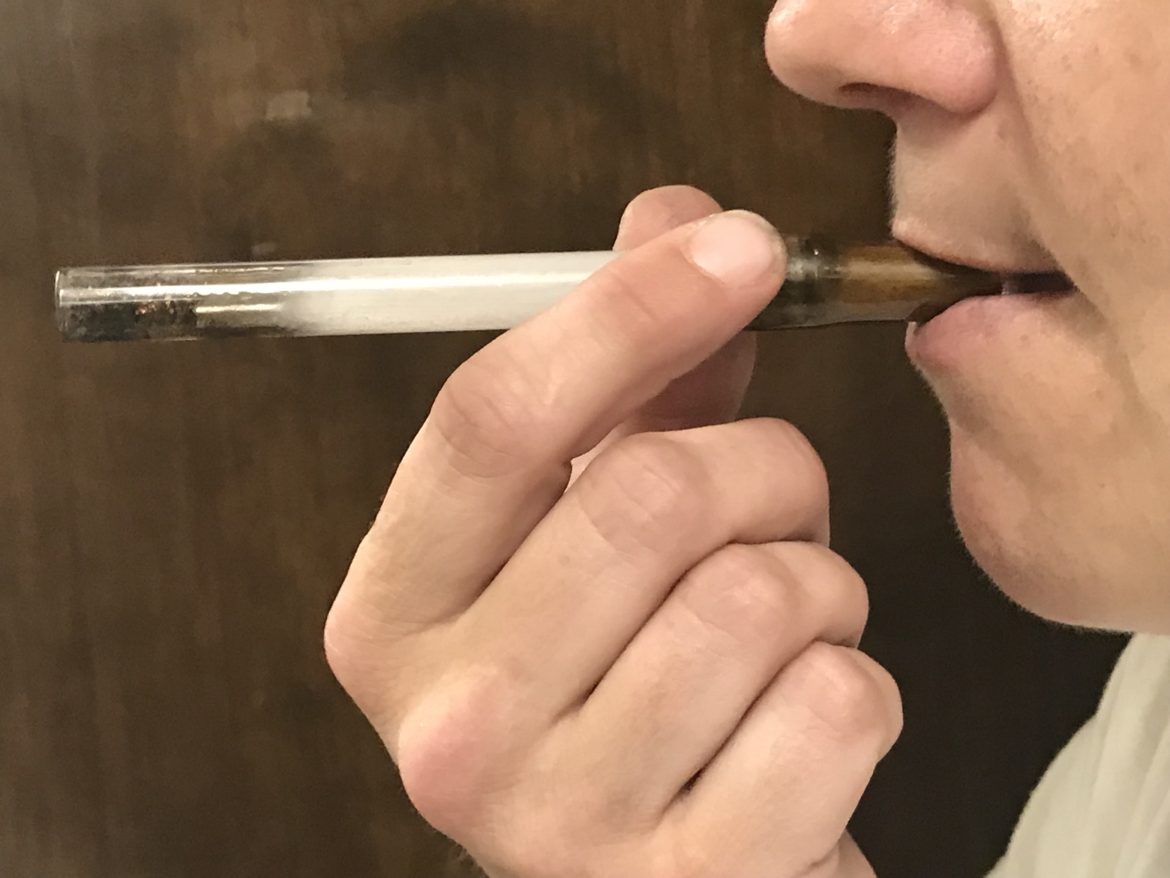
 GHHRC’s The Drop has taken the lead in putting together and distributing kits that contain the materials needed to make smoking crack safer. Distribution of safer crack-smoking kits reduces the risk that people will share pipes or use broken ones. It is also an opportunity to connect more drug users with harm reduction programs and other health and social services. Sometimes, these are people who would otherwise never approach a program or agency.
GHHRC’s The Drop has taken the lead in putting together and distributing kits that contain the materials needed to make smoking crack safer. Distribution of safer crack-smoking kits reduces the risk that people will share pipes or use broken ones. It is also an opportunity to connect more drug users with harm reduction programs and other health and social services. Sometimes, these are people who would otherwise never approach a program or agency.
Unfortunately, safer-crack kits that have the materials to make a safer-crack pipe are not available in all communities. People can be encouraged to create their own kit that includes the supplies outlined on this page.
The harm reduction information that follows is offered as a public health service. Its purpose is not to encourage or condone the use or possession of illegal drugs. It is to help people make safer choices in their use of drugs that will reduce the spread of Hep C and HIV.
- Pyrex Pipe/Glass Stem Pipes made of plastic, pop cans or copper add to the dangers of smoking crack by releasing toxic fumes when heated or burned. Thin glass pipes, such as light bulbs or syringes, break easily and can lead to cuts.Pyrex pipes are safest because they do not break down when heated and do not conduct heat as much as other materials, so burns are less frequent.Another way to prevent burns on the lips is to hold the flame beside the stem but not directly on it. This produces enough heat to melt the rock but reduces how hot the stem gets. Moving the flame alongside the stem instead of concentrating the flame in one spot will also spread the heat out.
- Metal Pipe Screen (Charboy) Brass screens are safer to use than steel wool or Brillo. In order to prevent the screens from coming loose and presenting a choking hazard when sucked into the throat, five to six screens are rolled up tightly and pushed into the glass stem with a chopstick, which will make sure they are firmly in place. Replacing these periodically will also prevent choking as they may come loose after being heated.Steel wool or Brillo screens are not as safe or effective as brass screens because they break down when heated and pieces frequently come loose when the crack vapors are inhaled. These pieces end up on the lips (causing sores and burns) or are sucked into the throat and lungs (where they cause more damage).
- Mouthpiece Attaching a rubber or plastic mouthpiece at the mouth end of the pipe prevents burns. Mouthpieces can differ in length and width to be the best fit for a stem. A person can also make a mouthpiece using rubber bands, tape or an empty cardboard matchbook.
- Lip balm containing vitamin E, to help protect and heal chapped or injured lips.
- Alcohol swabs and hand wipes for cleaning one’s hands and equipment before using the equipment. This prevents bacteria and germs in the environment from getting into the body.
- Wooden push sticks (such as chopsticks or kebob sticks) for packing the stems firmly in place in the pipe. Metal pushers (such as a coat hanger or screwdriver) can chip or cause cracks in the glass stem, which can cause oral sores. Plastic pushers (such as a pen or syringe) can melt inside the pipe.
- Lighters, so every individual can apply consistent heat to his or her own pipe. The lack of one’s own heat source increases the chance that a person will share a pipe with someone else.
- Candy or Chewing Gum, to prevent lockjaw and keep the mouth hydrated.

0 Comments
Leave a reply
You must be logged in to post a comment.

